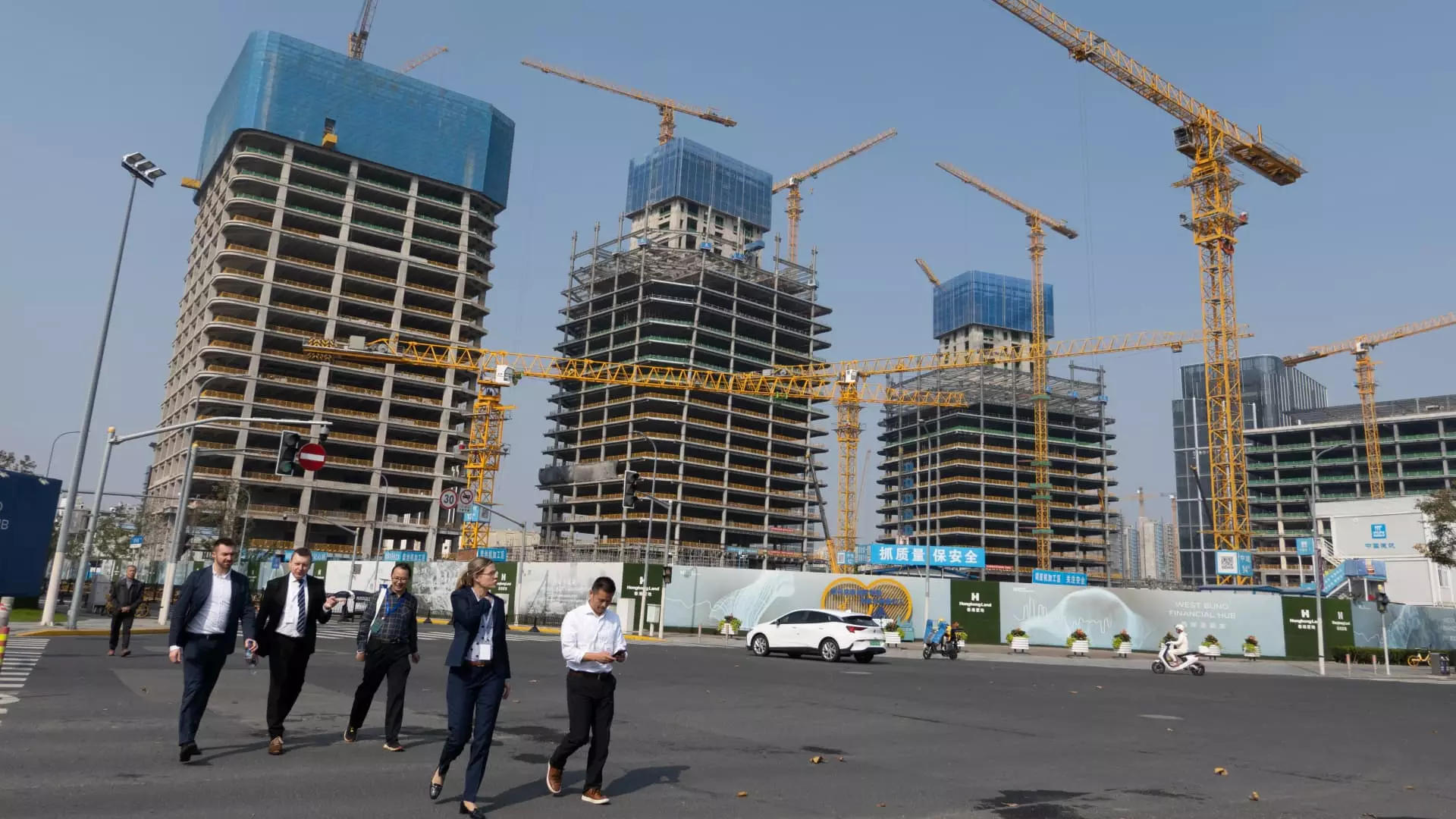As global economies grapple with post-pandemic realities, China finds itself at a pivotal crossroads, seeking to stimulate growth while addressing mounting challenges. Recently, speculation around increased fiscal and monetary measures has gained traction as authorities prepare to conclude a crucial five-day parliamentary meeting. The urgency for stimulating the economy has become paramount, as stagnation in real estate and rising debt levels pose significant risks to growth.
In response to mounting pressures, Chinese President Xi Jinping convened a meeting that signaled a shift towards greater fiscal intervention. The discussions centered on reinvigorating economic activity through enhanced financial support, particularly as the real estate market continues to languish. The People’s Bank of China (PBOC) has proactively reduced interest rates, yet broader measures requiring legislative consensus have been less forthcoming. The upcoming decisions from the National People’s Congress may pave the way for an expansion in government debt and fiscal spending plans that could have profound implications for the economy.
A critical factor influencing China’s stimulus approach is the changing landscape of international trade, particularly following the outcomes of the recent U.S. presidential election. Analysts are closely monitoring how potential tariffs and trade policies under President Trump may affect Chinese exports and, in turn, local economies. Although market optimism has surged in light of anticipated fiscal stimulus, experts urge caution. Beijing’s responsiveness might lean towards conservative strategies, with a focus on stabilizing various economic sectors rather than implementing direct consumer support measures.
One of the primary issues laid bare by recent economic conditions is the issue of local government debt—a ticking time bomb that financial analysts have flagged for years. The Finance Ministry’s acknowledgment of the need to tackle these debt issues is a sign that authorities are cognizant of the fragility of local economies. Reports indicate that discussions are underway to raise borrowing limits for regional governments, thereby allowing them to address existing debt through a more manageable framework.
Economists assert that substantial hidden debt, estimated between 50 to 60 trillion yuan, risks destabilizing local governance and jeopardizing essential services. Therefore, if the National People’s Congress approves an increase in the quota for local debt issuance, it could not only alleviate immediate financial distress but also lower the annual interest burden significantly.
China’s ongoing dialogues regarding fiscal stimulus reveal a complex interplay of factors that will ultimately shape the nation’s economic trajectory. While there is potential for improved local government financing, the overarching concern remains: how can China effectively stimulate its economy without exacerbating debt levels or allowing systemic risks to proliferate? As the situation evolves, vigilant observation of both domestic policy maneuvers and external economic pressures will be essential in forecasting China’s economic recovery strategy.

